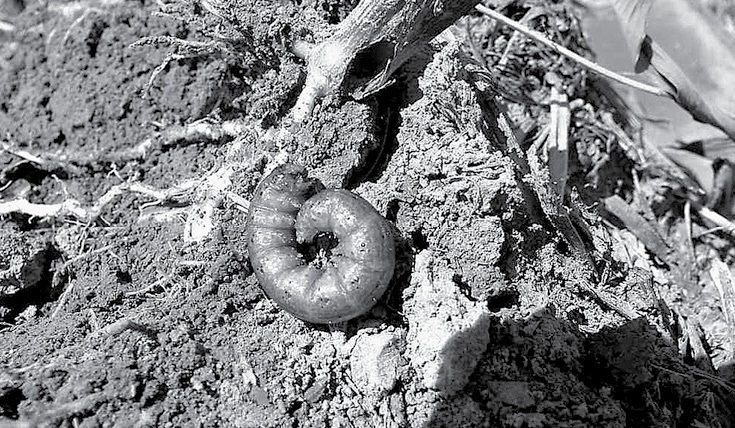No-Till Farmer
Get full access NOW to the most comprehensive, powerful and easy-to-use online resource for no-tillage practices. Just one good idea will pay for your subscription hundreds of times over.

Black cutworms can pose a serious threat to a corn crop, and no-till farmers can be at higher risk than other growers because the life cycle of the black cutworm fits well with the agronomic practices of no-till.
However, entomologists say that a good scouting program throughout corn emergence can keep you one step ahead of the pest, nipping potential economic damage before black cutworms nip you.
The Life Cycle. The black cutworm does not overwinter in the Midwest. Instead, black cutworms overwinter in Texas and Mexico and rely on weather patterns to move the adult moth to the Midwest. They can appear in the Midwest from late February through early June.
Black cutworms are not limited to corn. Female moths are attracted to almost any green vegetation to deposit their eggs. Once the eggs hatch, young larvae feed on the green vegetation, whether weeds or young corn plants. If larvae are present while young corn is emerging, the larvae will feed on the corn.
Moths typically concentrate egg-laying on low-growing vegetation such as chickweed, curly dock or mustard — or plant residue from the previous crop year. The presence of common chickweed or mouse-eared chickweed before corn planting can increase the chance of economic damage from black cutworm feeding.
Sub-Surface Threat. Early feeding, which appears as small pinholes on corn leaves, makes little impact on young corn plants. However, it is a sign that black cutworms are present in the field, and the older black cutworms are the ones…